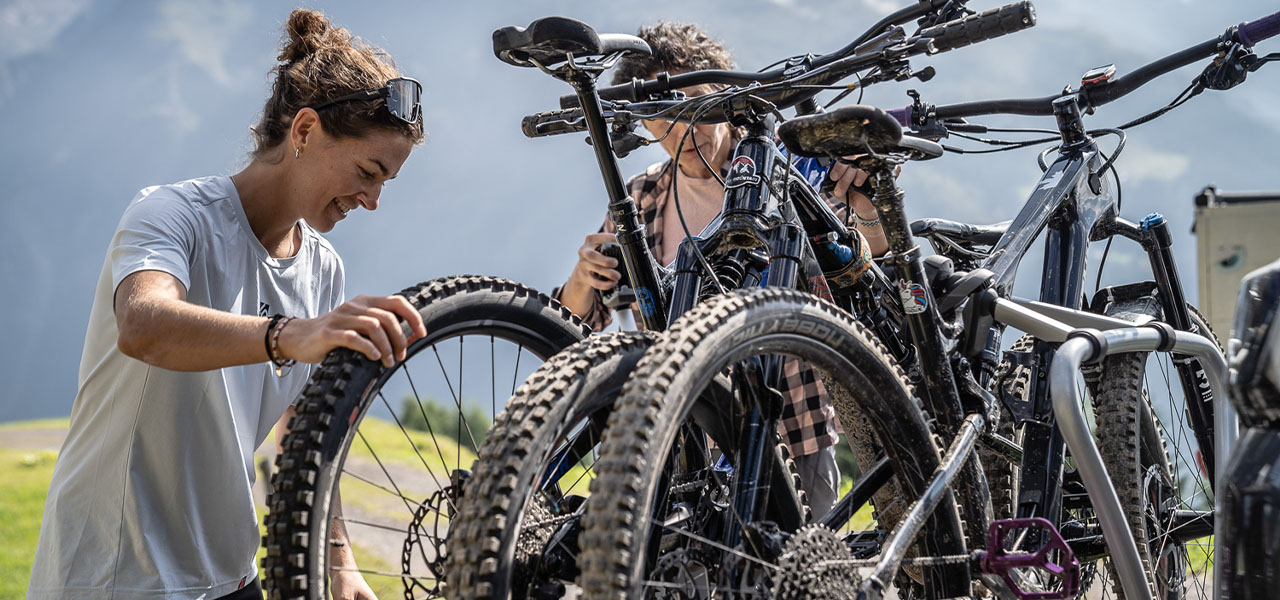A Comprehensive Guide to Selecting the Perfect Bike Carrier

When it comes to cycling, one of the biggest challenges can often be finding a way to safely and securely transport your bike to your favourite trails or cycling destinations. This is where bike carriers come into play. With a multitude of options on the market, it can be overwhelming to find the right one for your specific needs. In this comprehensive guide, we will explore the key factors to consider when selecting the perfect bike carrier.
Understanding Different Types of Bike Carriers
The first step in choosing the right bike carrier is understanding the different types available.
-
Roof-Mounted Bike Carriers: These carriers are attached to roof racks on top of your vehicle. They are ideal if you want to free up space inside your car, or if you have a larger vehicle where it's easy to access the roof.
-
Hitch-Mounted Bike Carriers: These carriers are attached to the hitch of your vehicle. They are generally easier to load and unload than roof-mounted carriers but may limit access to the rear of your vehicle.
-
Trunk-Mounted Bike Carriers: These carriers are secured to the back of your vehicle using straps and hooks. They are typically more budget-friendly but may not offer the same level of stability as other options.
-
Spare Tire-Mounted Bike Carriers: These carriers are designed for vehicles with a rear-mounted spare tire. They are often easy to install and remove, but their weight limit is typically lower.
Identifying Your Needs
Before settling on a type, it’s crucial to identify your specific needs.
-
Frequency of Use: If you're an avid cyclist who frequently goes for rides, you might prefer a more permanent, easy-to-use solution such as a roof-mounted or hitch-mounted carrier. If you're a casual cyclist who only needs a carrier for occasional trips, a trunk-mounted carrier could be a cost-effective option.
-
Number of Bikes: The number of bikes you plan to carry is also an important consideration. Different carriers can hold a varying number of bikes, from one or two up to five or six. Make sure to choose a carrier that can accommodate all your bikes.
-
Type of Bikes: Not all bike carriers are suitable for all types of bikes. Some may not be suitable for heavier bikes, while others may not fit smaller or unusually shaped bikes. Always check the carrier's specifications to make sure it's compatible with your bikes.
Key Factors to Consider
After you've identified your needs, consider the following factors when choosing your bike carrier:
-
Vehicle Compatibility: Not all bike carriers are compatible with all types of vehicles. Always check the specifications and restrictions of a carrier to ensure it will fit your vehicle.
-
Loading and Unloading: Consider how easy it will be to load and unload your bikes. Roof-mounted carriers might be challenging for shorter people or for larger, heavier bikes. Hitch-mounted carriers offer easier loading and unloading but may restrict access to your vehicle’s trunk.
-
Security: Look for bike carriers with built-in locks or those that are compatible with additional locking systems. This will give you peace of mind when leaving your bikes unattended.
-
Price: Bike carriers can range greatly in price. Decide on your budget beforehand and remember that while a higher price often means better quality and features, there are plenty of affordable options that are durable and reliable.
-
Weight Loading: Always check the weight loading of a carrier before buying. This is especially important if you have heavier bikes, such as e-bikes or downhill mountain bikes.
When it comes to choosing the perfect bike carrier, there are many factors to consider. It's essential to understand your specific needs and evaluate various options based on these. Remember to always ensure the bike carrier you choose is compatible with your vehicle and can securely carry your bikes. Investing time in choosing the right bike carrier will ensure a stress-free and enjoyable cycling adventure.